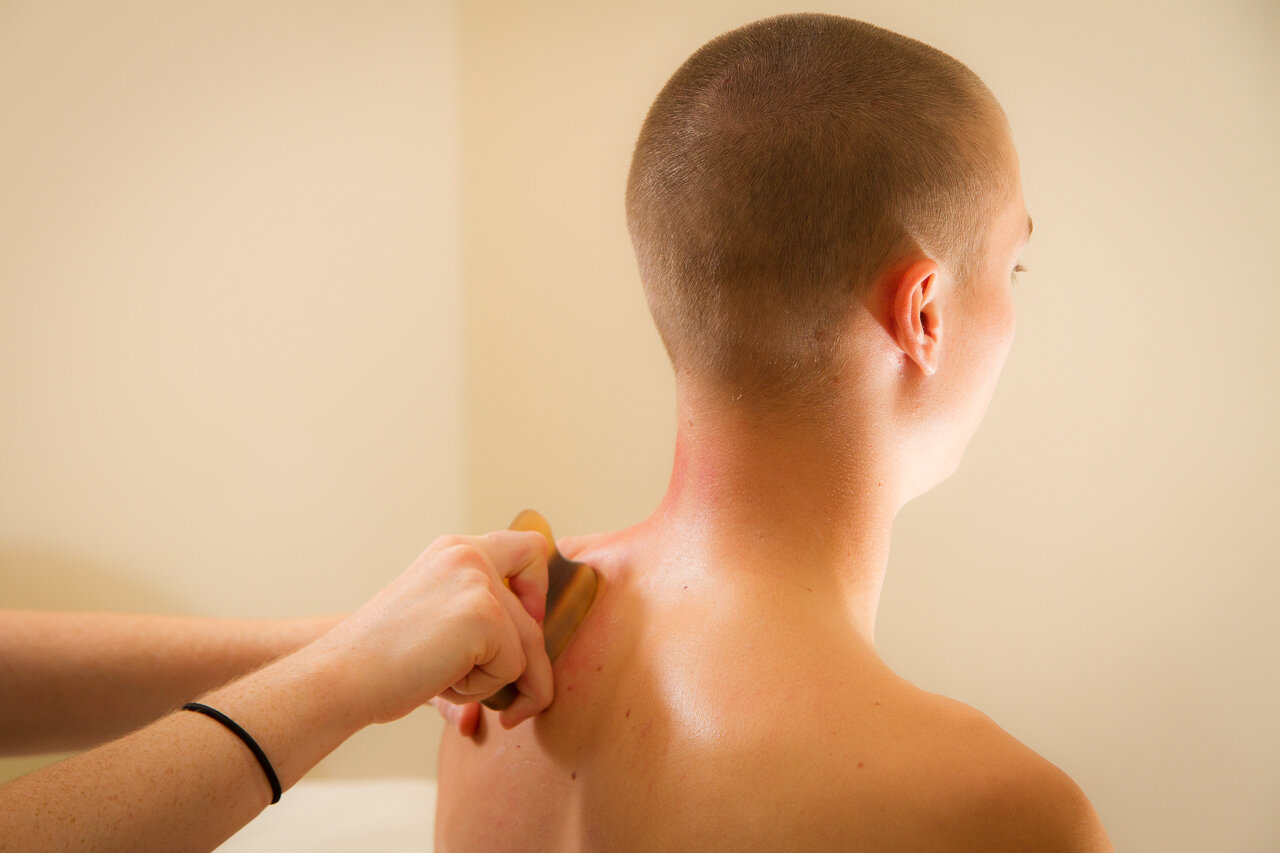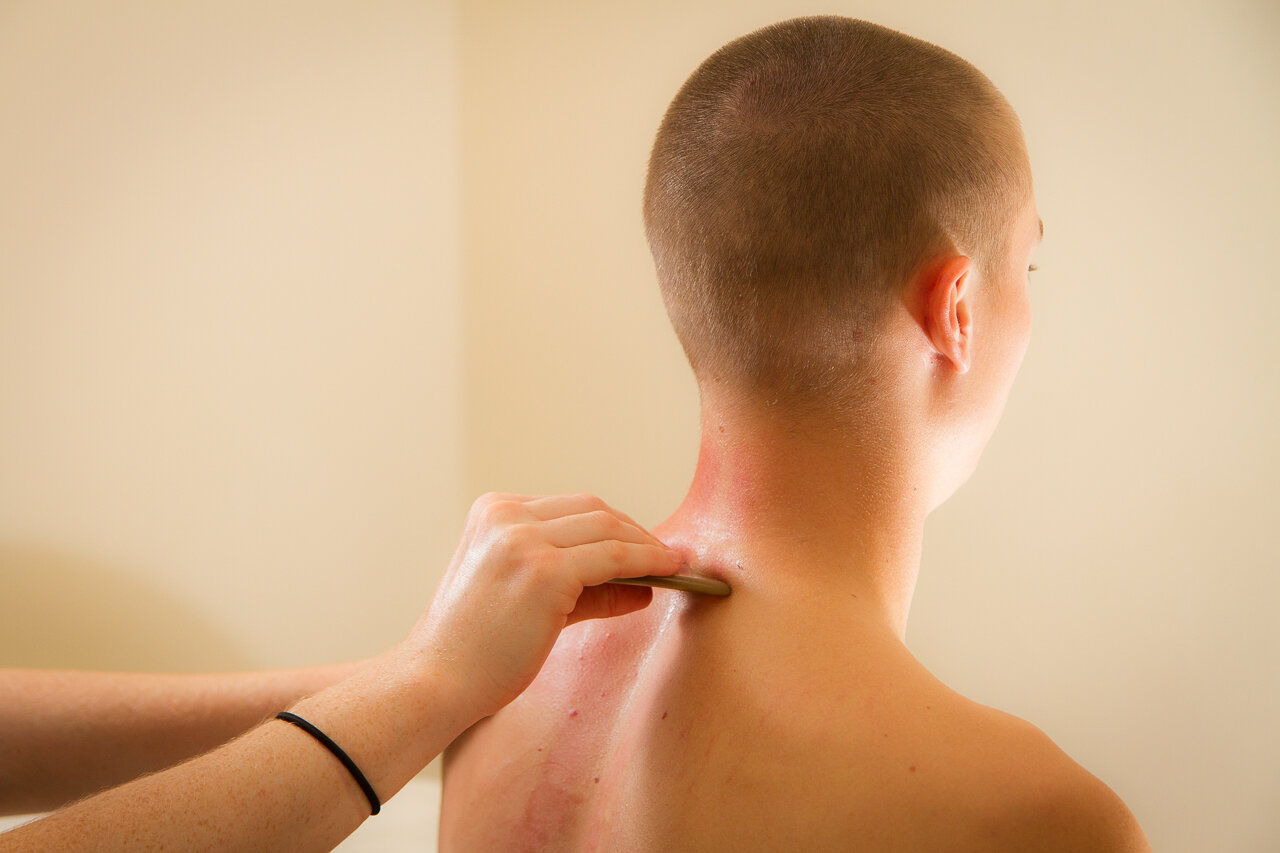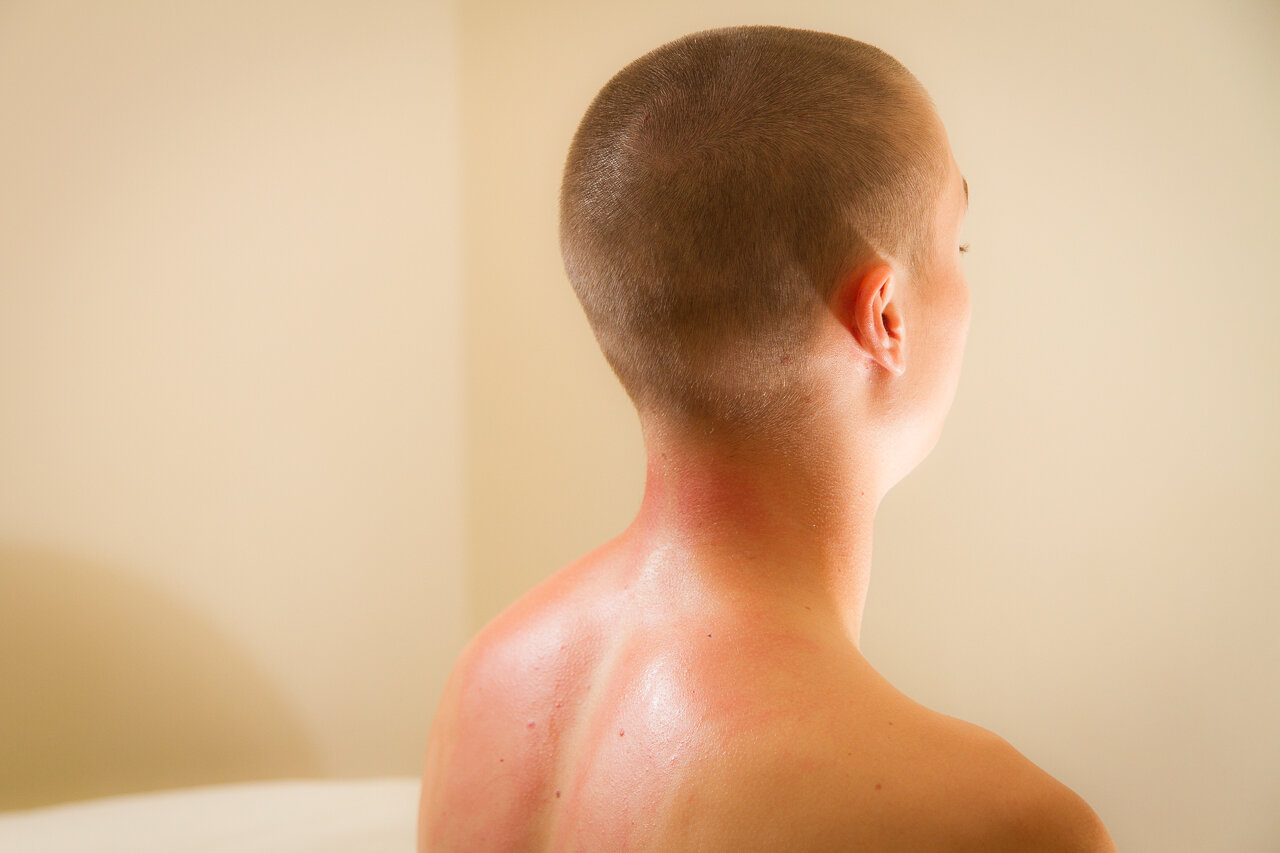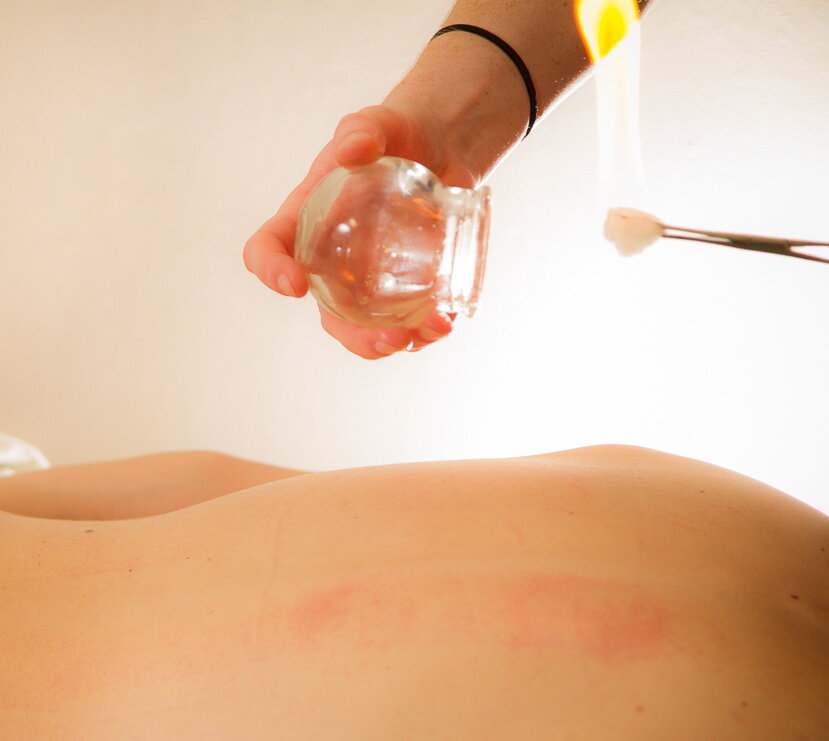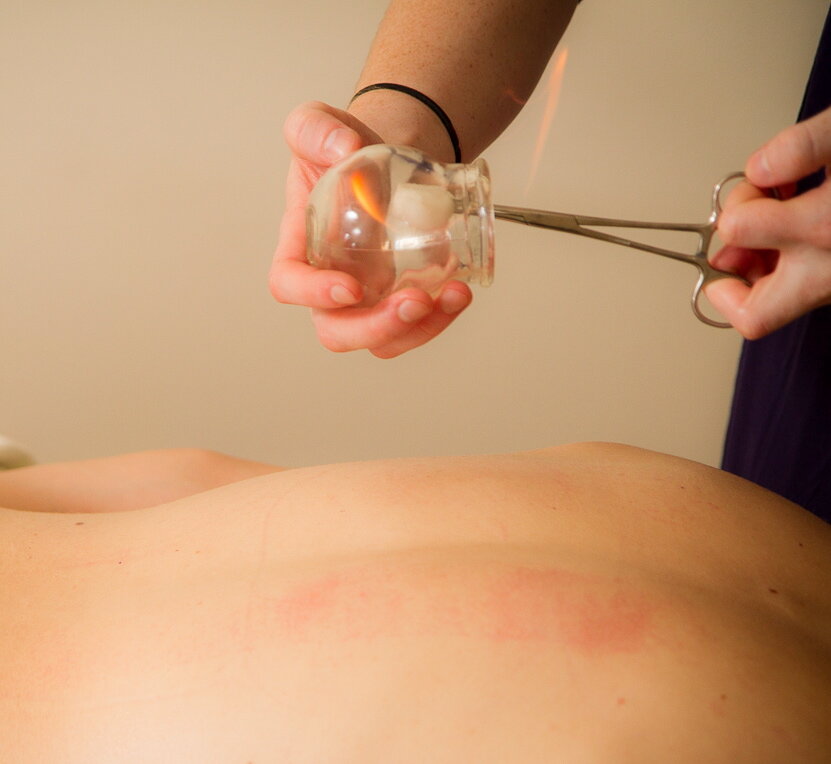Traditional Chinese Medicine (TCM)
TCM has a very different method of understanding the body and its functions, patterns, and disharmonies, and is often misunderstood in the Western worlds. Comprised of acupuncture, herbal medicine, nutrition, medical massage (Tui Na), and traditional exercise, TCM is always striving towards a single common goal - balance.
Each individual is astoundingly different from the next, and approaching the idea of health from a variety of directions can allow a body to find balance in a way that our traditional healthcare system does not understand. By addressing imbalances within the body through the meridians, the body is able to adjust and recalculate its energies, movements, and habits that allow it to return to a more functional state.
My scope of practice includes acupressure, Tui Na, moxibustion, gua sha, and cupping. My scope of practice does not included diagnosis, acupuncture, or herbal/dietary recommendations.
Gua sha
Often referred to as ‘scraping,’ gua sha uses a small handheld tool to assist with soft tissue manipulation. Performing strokes of varying length and pressure with a tool composed of bone, horn, stone, or even simple plastic can improve circulation and loosen superficial musculature and fascia. Oils or liniments are often used in conjunction to reduce friction with the skin and allow for more pressure. As a result, the tissue may also become discolored and present with tenderness for a few days following the technique. The discoloration, however, does not represent capillary rupture, but simply a small amount of blood escaping the vessels, referred to as extravasation. This is a normal and therapeutic response to gua sha, as it promotes a more urgent cause for the body to improve blood and oxygen flow to the affected area. Pain and discoloration associated with gua sha should dissipate within a few days following treatment. While gua sha is a component of TCM with an extensive history through Eastern cultures, Western medicine is now utilizing similar soft tissue manipulation techniques, including ASTYM and the Graston technique.
Cupping
Another modality of TCM, cupping is used to increase circulation to an area, while also reducing tension through areas of bound up musculature. Fire cupping involves an open flame via forceps, cotton ball, and 91% isopropyl alcohol, which is dipped inside a hand-blown glass jar for about one second. The jar is then quickly placed onto the body in a desired location, and may be left over a specific area or moved around to cover more musculature. Several cups may be used at one time to enhance the therapeutic effect. Similar to gua sha, this modality also involves discoloration of the skin. However, as cupping uses suction to draw up stagnant cellular waste, this discoloration occurs more similarly to a hickey. This is a normal therapeutic response and should fade within a few days following treatment. There are other methods of cupping as well, which often include plastic or glass jars and an attached pump to remove air. These cups are intended to remain in one location for several minutes at a time. Gentle cupping may even be performed on sensitive areas, such as the face, with small silicone cups.
For gua sha and cupping, a lubricant will be used to protect the skin. This may include BioTone Pure Touch Organics Massage Creme and/or jojoba oil. Please review ingredients or any allergies/sensitivities.

